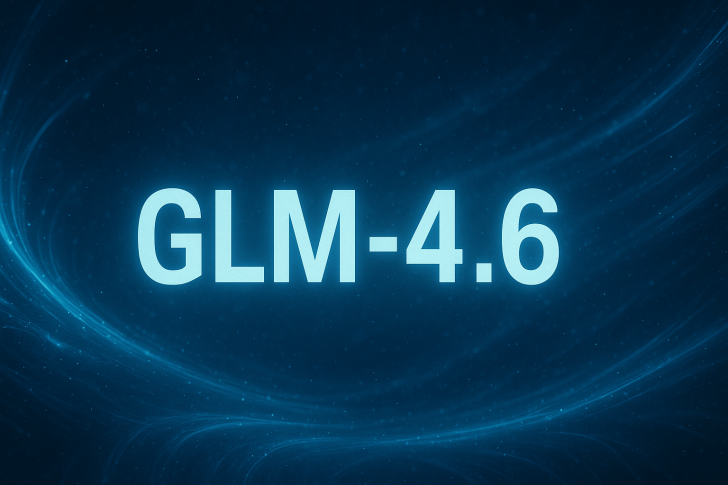The AI world has long been dominated by closed, proprietary models from companies like OpenAI, Anthropic, and Google. But GLM-4.6, developed by Zhipu AI through its z.ai platform, is challenging that status quo. This new open-source large language model delivers frontier-level performance while remaining accessible, affordable, and fully customizable. Its third-place ranking on the Next.js Evals benchmark—as the only open model in the top five—signals a major shift in how developers and enterprises can access cutting-edge AI.
What Makes GLM-4.6 Stand Out
Artificial intelligence benchmarking just took another interesting turn. In a recent tweet, Guillermo Rauch, GLM-4.6 brings several key advantages: a massive 200K-token context window (up from 128K), open weights that allow local deployment and fine-tuning, benchmark performance that rivals proprietary models on coding and reasoning tasks, 15–20% lower inference costs compared to closed alternatives, and broad accessibility through hosting on z.ai and Vercel AI Gateway at industry-leading prices. These features position GLM-4.6 as more than just another open model—it's a genuine alternative for developers and businesses looking to escape vendor lock-in without sacrificing performance.
The Next.js Evals benchmark tests language models on real-world developer tasks like code generation, debugging, and framework-specific reasoning. GLM-4.6's third-place finish—and its status as the only open-source model in the top five—is a big deal. It shows that open models can now hold their own against closed systems in practical, high-value scenarios. This validates Zhipu AI's approach of releasing open weights while aggressively optimizing for cost and performance, helping democratize access to powerful AI tools.
GLM-4.6 poses a direct challenge to proprietary giants like GPT-4, Claude 3.5, and Gemini 1.5. For developers, it offers affordable experimentation with full control over fine-tuning and data privacy. For enterprises, it means lower operating costs and the flexibility to host privately for compliance reasons. Industry watchers note that the metric to watch in 2025 isn't just accuracy anymore—it's cost per solved task. And GLM-4.6 is setting a new bar in that category.
Built for Real-World Use
GLM-4.6 isn't just good on paper—it's designed for practical deployment. Native integration with Vercel AI Gateway makes it easy to use by simply setting model: "zai/glm-4.6". This makes it compatible with modern web frameworks, agent systems, and code assistants, especially those built on Next.js. Early adopters report smooth performance for multi-step reasoning and content generation, suggesting the model's utility goes well beyond benchmark scores.
The 2025 open-source AI resurgence—fueled by models like GLM-4.6, Mistral Large, and LLaMA 3.1—is changing how AI progress is measured and distributed. GLM-4.6's success shows that open models can compete technically while maintaining transparency and accessibility. This has ripple effects: smaller teams can build sophisticated AI products without expensive API subscriptions, open access speeds up innovation and community improvements, and big closed vendors may need to respond with more transparent or affordable options.
GLM-4.6 isn't perfect. Questions remain around integration complexity, ecosystem maturity, and long-term support. Some proprietary models still have an edge in specialized reasoning or multilingual tasks. But for most developer and enterprise use cases, GLM-4.6 delivers exceptional value for the cost.
 Peter Smith
Peter Smith

 Peter Smith
Peter Smith


